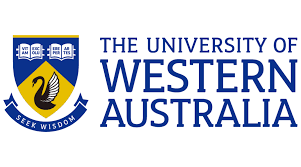University of Western Australia: New mapping method unearths bigger mangrove area in north west
A new mapping method has increased the size of the known mangrove area in north-western Australia by more than 30 per cent, a finding that will help protect the vulnerable ecosystem.
Dr Sharyn Hickey, from The University of Western Australia’s School of Agriculture and Environment and the Oceans Institute, and Dr Ben Radford, from the Australian Institute of Marine Science, co- authored the paper, Turning the Tide on Mapping Marginal Mangroves with Multi-Dimensional Space–Time Remote Sensing published in MDPI.
“Mangroves are a globally important ecosystem experiencing significant anthropogenic and climate impacts,” Dr Hickey said.
“They provide significant ecosystem services such as habitats for fisheries, sequester and store blue carbon and provide coastline protection.”
In Western Australia mangroves inhabit extreme environments from the macro-tidal areas of the Kimberley to the arid Pilbara coast.
“They are close to their physiological limits of tidal inundation, temperature and freshwater availability that makes them particularly vulnerable to climatic changes,” Dr Hickey said.
“The extent of and impacts on the mangroves in these extreme environments were poorly documented because the coastal areas where they grow make them hard to detect with satellites.
“For example, submerged mangroves that occur in areas with large tides have limited visibility at high tide and arid mangroves have sparse canopy, are shorter and tend to be found along narrow stands along the coastline.”
To solve the detectability problem, researchers developed a new series of machine learning and cloud-processing methods to better map the mangroves with satellites.
The new method took into account how climatic patterns of temperature and tide impacted mangrove detection in WA, which enabled a bigger range of mangrove to be mapped.
The new mapping technique increased the known mangrove area in north-western Australia by 32 per cent (76,048 hectares).

